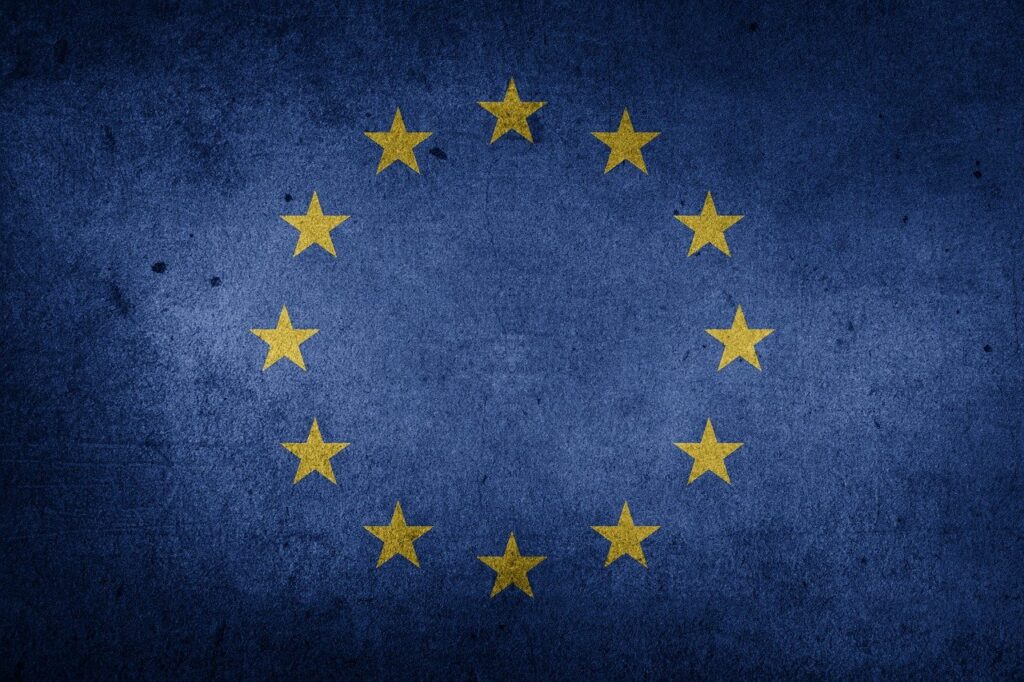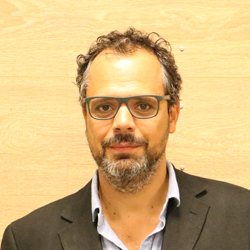Analyses / Europe, European Union, NATO
28 May 2025
The EU’s SAFE rearmament programme and its potential consequences

Since the European Union (EU) extended its competencies to the defence sector, it has faced a dilemma: how should it involve (or not) third-country companies in the programmes it has established to finance cooperation between its members? In particular, how should it include companies from NATO allies that are not EU members? With every new initiative launched in this area, this question inevitably returns to the negotiating table, often sparking fierce debate.
By adopting the programme known as SAFE (Security Action for Europe), its latest step towards rearmament, the EU appears to have squared the circle of this thorny equation. SAFE introduces particularly original eligibility rules, pulled straight out of the European Commission Secretariat’s hat. At first glance, these innovations seem to make it easier for third countries to take part in joint purchases conducted by Member States through EU-extended loans. Their companies could thus become more easily eligible, prompting advocates of openness to claim victory. However, over time, the consequences of this opening may well surprise both the Union’s allies and its own Member States. Have the latter fully grasped the long-term implications that SAFE could entail?
| The SAFE programme in brief The SAFE programme stands out from other EU instruments supporting the defence industry in that it does not provide subsidies, but loans for joint acquisitions, which Member States will have to repay under favourable conditions. SAFE will be backed by a €150 billion envelope, which the European Commission itself will borrow on the markets. |
SAFE’s eligibility rules
At first glance, SAFE largely mirrors—albeit with a few nuances—the eligibility criteria laid down in earlier programmes supporting the defence industry, such as EDIRPA and ASAP[1]. As a general rule, the entities benefiting from loans granted under the SAFE programme must be established in the EU, Norway or Ukraine and must not be under foreign control. However, subsidiaries or joint ventures from third countries operating within the EU may also be eligible, provided they have undergone screening in accordance with Regulation (EU) 2019/452 on foreign direct investment (FDI), or if they offer a range of guarantees to the EU[2]. As with EDIRPA, SAFE introduces an additional criterion: products purchased using EU loans must include a minimum of 65% European components. More complex defence equipment must also be produced under the control of a European design authority (ensuring control over intellectual property and technical know-how), while simpler categories of weaponry are not automatically subject to this requirement[3].
The SAFE programme stands out from other EU instruments supporting the defence industry in that it does not provide subsidies, but loans for joint acquisitions, which Member States will have to repay under favourable conditions. SAFE will be backed by a €150 billion envelope, which the European Commission itself will borrow on the markets.
Compared to previous programmes, however, the European Commission is proposing something more in terms of eligibility. It suggests, under certain conditions, extending the scope of SAFE to include “like-minded”[4] countries, namely:
- those in the process of accession or recognised as potential candidates for EU membership; and
- those having concluded a security and defence partnership with the EU under the Common Security and Defence Policy (CSDP)[5].
These two categories of potential partners will not, however, be eligible for EU loans. They may nonetheless be associated with joint procurement initiatives launched through SAFE, provided they contribute financially. To do so, they must first sign bilateral agreements with the EU to establish the terms under which their entities and companies may qualify for joint acquisitions co-financed by Commission loans. These agreements must also define a range of additional measures concerning standardisation and interoperability. Furthermore, they are expected to lay down provisions to ensure the security of supply for the components of the procured products.
How, then, will SAFE’s eligibility criteria be redefined within the framework of these bilateral agreements? The programme regulation remains ambiguous on this point. It merely states that the bilateral agreements must set out “the rules related to restrictions imposed by third countries or by third country entities, on the definition, adaptation and evolution of the design of the defence product procured with the support of the SAFE instrument.” In other words, the EU is deferring any concrete decisions on this matter to future negotiations with its allies.
Is the EU positioning itself at the heart of a new regulatory hub for armaments?
At first glance, SAFE might appear to be the EU’s most open programme to third countries. Behind this openness, however, one can discern the outlines of a strategy aimed at placing the Union at the centre of a new regulatory pole in the defence industry sector. In light of the strategic uncertainty stirred by Donald Trump’s ambiguous posture, the idea of encouraging third countries—European or otherwise—to sign bilateral agreements with the EU comes at a particularly opportune moment. It could represent a major strategic asset for Europeans. These agreements, in fact, will not be negotiated solely with countries that share the EU’s values; they will most likely—and more importantly—be concluded with those that demonstrate strategic alignment with the Union. This potentially includes numerous democracies around the world, but seemingly excludes, at least for now, Donald Trump’s United States.
This approach is aimed primarily at the United Kingdom, with which the EU has just signed a security and defence partnership paving the way for a bilateral agreement under SAFE. But it may also be of interest to non-European allies, such as Canada, which is likewise in the process of negotiating a similar partnership. Like the EU Member States, both Ottawa and London have been deeply unsettled by Donald Trump’s stance towards Vladimir Putin’s Russia. And they could be even more so if the United States were to annex Greenland without Denmark’s consent. The EU’s openness to third countries is therefore particularly noteworthy in terms of its timing. Does the EU intend to offer its partners, who are just as disillusioned as it is, an alternative to American industrial domination in the defence sector? Is it seeking to extend its traditional regulatory power to an area from which, until a few years ago, it was effectively excluded?
To answer this question, one must first assess whether Member States are truly willing to play the EU’s normative card in a field as sensitive as the defence industry. Considering some Member States’ attachment to the illusion of national sovereignty, and others’ continued belief—despite all odds—that Washington remains the ultimate guarantor of their security, there is room for doubt. Yet, at a time when democracies across Europe, Asia, and Oceania are grappling with dismay over the strategic direction of the United States, the idea of linking the involvement of third-country entities to their governments’ strategic and regulatory convergence with the Union is far from meaningless. It could carry the seeds of a renewed ambition for the EU. Will the Member States have the courage to embrace it?
[1] EDIRPA (European Defence Industry Reinforcement through Common Procurement) and ASAP (Act in Support of Ammunition Production) are transitional programmes launched by the EU in 2023 in the context of the war in Ukraine, aimed at supporting joint procurement and the industrial production of armaments.
[2] Regulation (EU) 2019/452 establishes a framework for the screening of foreign direct investment (FDI) within the EU, with the aim of protecting European strategic assets. It sets up a three-step cooperation mechanism between Member States and the European Commission:
- Member States notify other Member States and the Commission of any FDI undergoing screening;
- Other Member States may submit comments, and the Commission may issue an opinion;
- Member States retain the final decision-making authority regarding the outcome of the screening.
[3] Article 16 of Regulation proposal COM(2025) 122 final of 19 March 2025 establishing the SAFE instrument, as amended by COREPER.
[4] Ibid., Art. 17(1).
[5] The EU has signed this type of partnership with seven countries: Norway, Moldova, North Macedonia, Albania, South Korea, Japan, and, most recently, the United Kingdom. Negotiations are currently under way with Canada. The EU is also considering signing an agreement with India.

